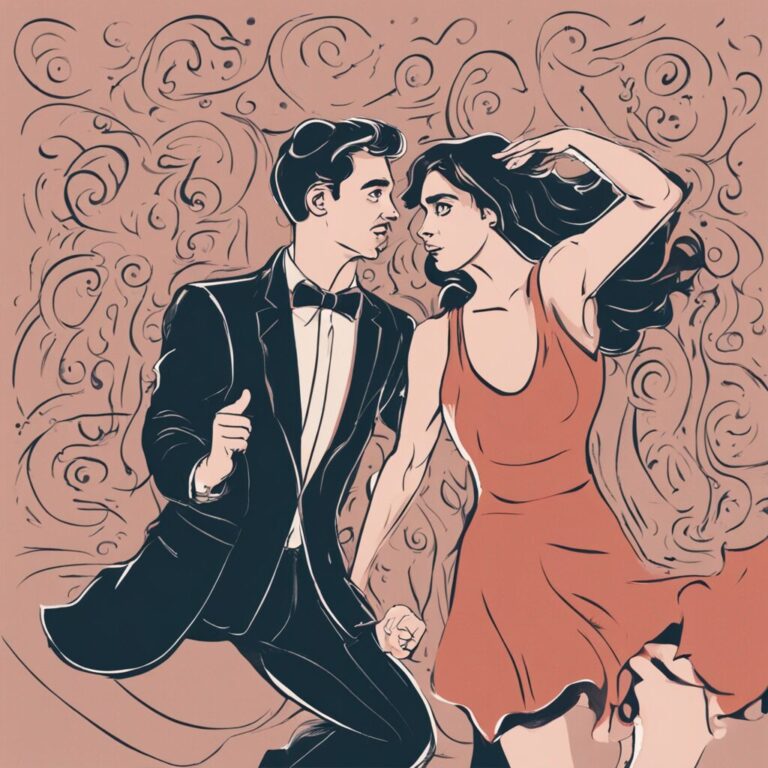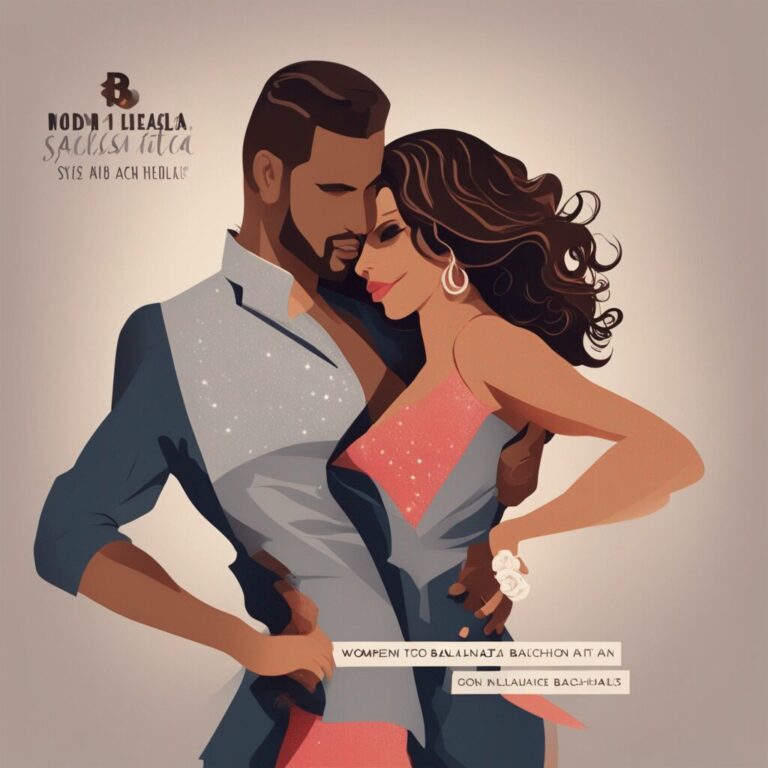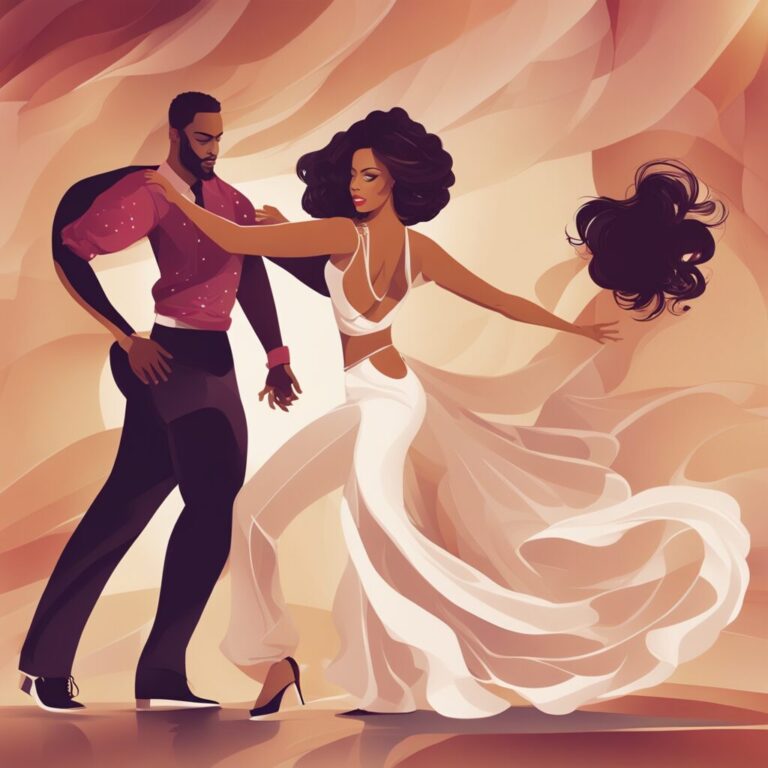“`html
Exploring Equality in Salsa Dance: A Modern Take on Traditional Norms
Salsa dancing, a vibrant and expressive form of Latin dance, has long been steeped in traditional gender roles where the male lead is often seen as the orchestrator of the dance. However, recent discussions among dancers highlight a push towards more egalitarian practices in dance scenes. This article delves into the evolving dynamics of salsa dancing, examining how traditional norms are being challenged and what this means for the future of salsa socials.
The Traditional Dance Floor Dynamics
Historically, in salsa, as in many partner dances, the man typically leads, dictating the steps, the direction, and even the style of the dance. This cultural norm is rooted in the origins of dances like Cuban salsa, where men are traditionally in charge. However, this setup can be daunting for newcomers, especially women, who might feel less empowered or involved in the dance.
Challenges to the Status Quo
Recent movements within the dance community have begun advocating for more equality. For instance, a notable trend this year has been women demanding equal participation in the Latin dance scene. This includes the desire to lead, to share in the creation of dance steps, and to be asked for a dance just as often as they ask. Yet, the inherent conservative nature of many salsa cultures poses a significant challenge to these changes.
- Women Leading: Some dancers have tried to switch roles, asking men to dance or even leading themselves, which has sometimes been met with resistance or discomfort from traditionalists.
- Back Leading: There’s a nuanced discussion around “back leading,” where followers take initiative during the dance. While some view this as disrespectful, others see it as an opportunity for a more collaborative dance experience.
Community Perspectives
Dancers from various backgrounds share mixed feelings:
- Some men express openness to being led or sharing lead roles, enjoying the diversity in dance roles.
- Others feel that while occasional role reversal is fine, consistent changes might disrupt the traditional dance flow.
- There’s a consensus that the dance should be fun for both partners, suggesting that adaptability and communication are key.
Conclusion: A Dance of Change
The evolution of salsa towards more inclusive practices reflects broader societal shifts towards equality. While traditionalists might resist these changes, the growing acceptance of shared roles and mutual respect in dance could lead to a richer, more dynamic salsa scene. As communities continue to discuss and adapt, salsa could become not just a dance but a dialogue, enhancing the experience for all dancers.
The key lies in understanding that dance, at its heart, is a conversation between partners. As long as this conversation respects and values both voices, salsa will continue to thrive, evolve, and bring joy in its ever-changing rhythm.






